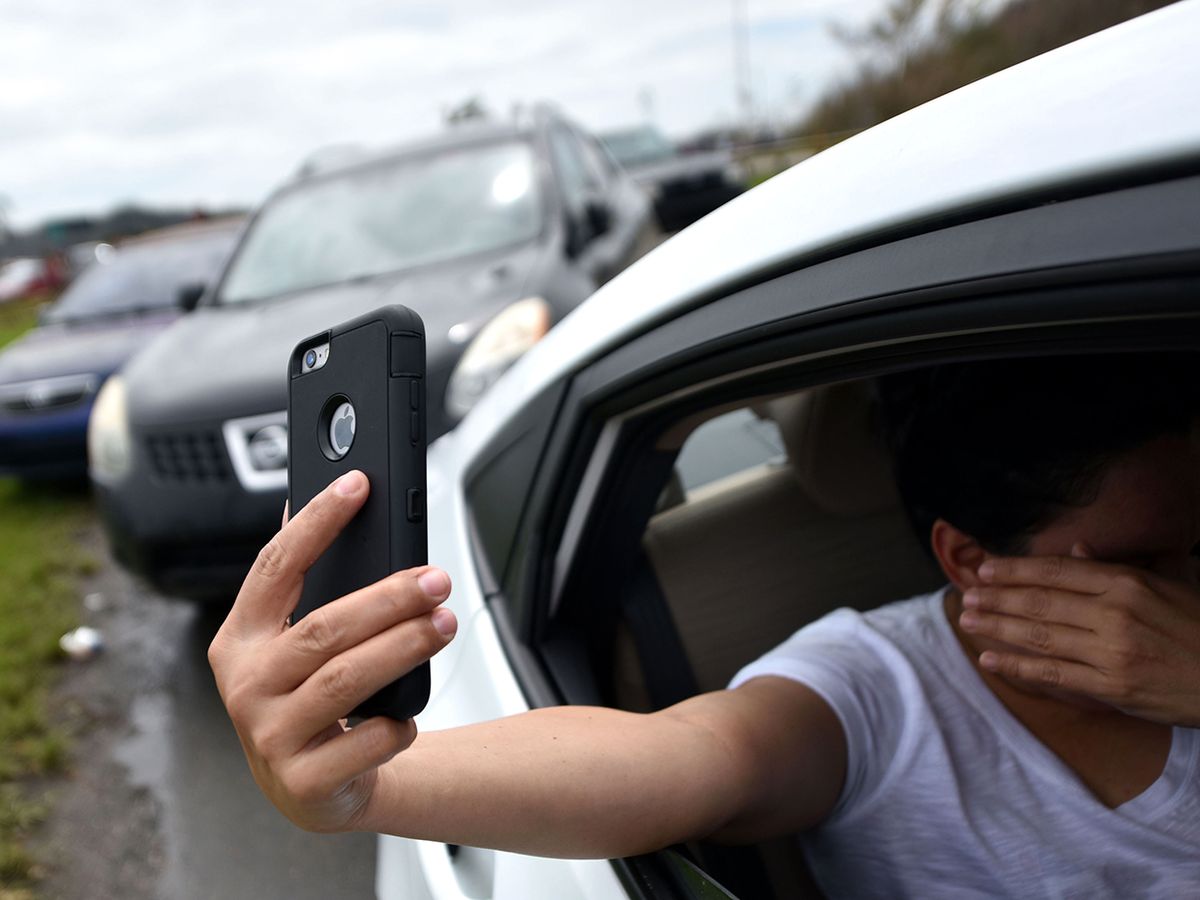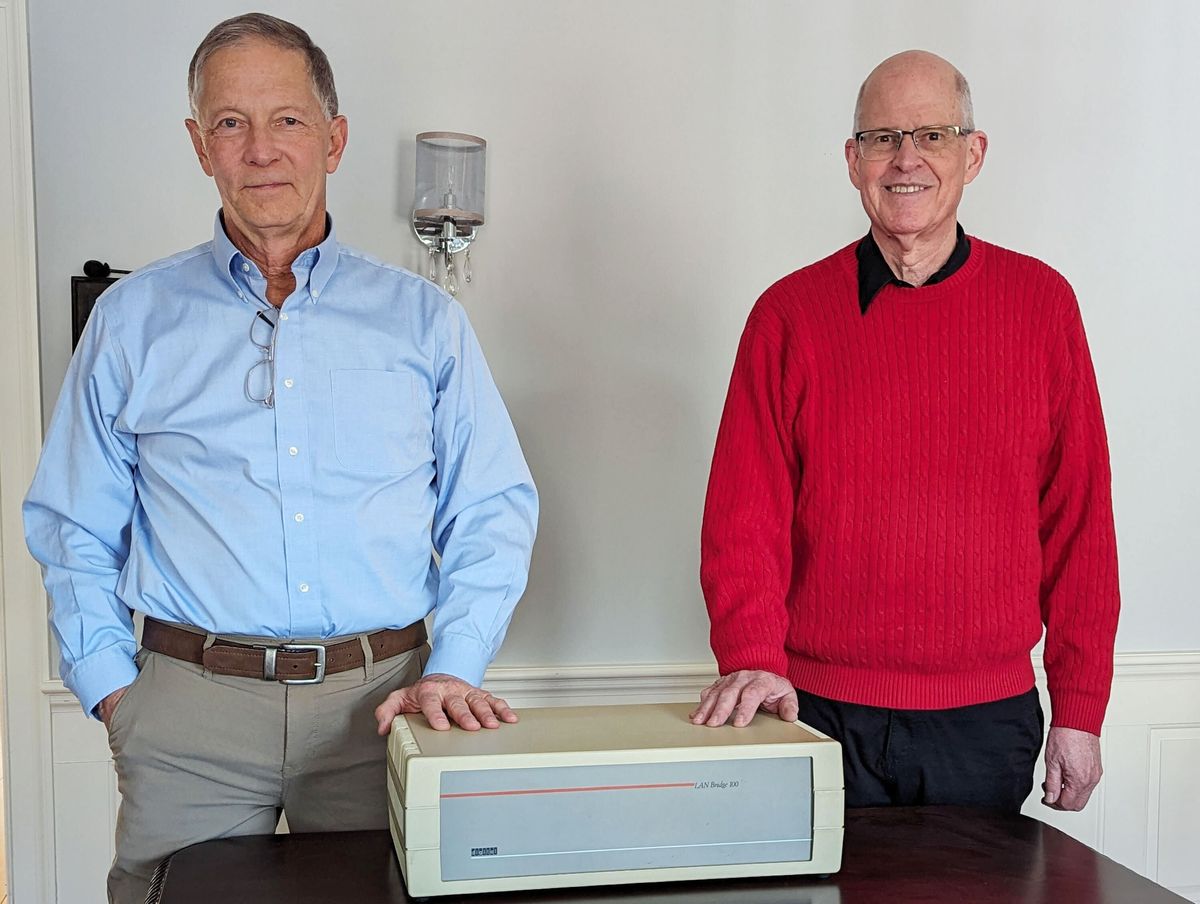As Puerto Rico struggled to recover from Hurricane Maria last week, Ajit Pai, the chairman of the U.S. Federal Communications Commission, blasted Apple for not activating FM receivers built into iPhones so owners could receive emergency information broadcast by radio transmitters. But Apple says its iPhone 7 and 8 models do not include FM receivers.
Tiny radio receivers that can decode FM signals have long been buried deep inside many—but not all—smartphones. An FM receiver is one of many standard features built into smartphone chips as a specialized circuit, or installed separately as its own distinct chip.
The economics of semiconductor manufacturing often make it much cheaper to mass produce millions of chips with extra features than to make small lots customized for specialized products. Manufacturers and wireless carriers activate only the features they want to use.
FM receivers are widely used around the world, but many U.S. carriers have not activated them. Critics say these companies purposely block FM radio so they can make more money by selling music and data to customers.
That blockage has long bothered the National Association of Broadcasters because they want to add smartphone users to their listening audience. Others have argued that smartphone owners should be able to switch on the FM radios hidden inside their phones.
In the past, the Federal Emergency Management Agency has repeatedly urged companies to activate FM receivers so that smartphones can pick up emergency broadcasts. Radio broadcasting survived Superstorm Sandy much better than cell towers.
Pai began pushing for activation of smartphone FM receivers after being appointed an FCC commissioner in 2012. He mentioned it again in his first speech after he was appointed FCC chairman this year, but did not urge regulation because he thought the marketplace should decide, a philosophy that has also led him to oppose net neutrality.
Some manufacturers have heeded his requests. In August, LG announced it would partner with NextRadio to offer FM service on some phones in the Americas. Pai renewed his call on September 28, as the FCC came under fire after hurricanes caused widespread network failures in Texas, Florida, the U.S. Virgin Islands, and Puerto Rico.
"When wireless networks go down during a natural disaster, smartphones with activated FM chips can allow Americans to get vital access to life-saving information. I applaud those companies that have done the right thing by activating the FM chips in their phones," Pai said. Then he criticized Apple as, "the one major phone manufacturer that has resisted."
Apple quickly responded that its most recent models, the iPhone 7 and iPhone 8, do not include FM radio circuits or antennas designed to operate at FM frequencies. The FCC declined to comment on Apple's statement, but the National Association of Broadcasters said that it had commissioned teardown reports since 2012 which showed all iPhones made between 2012 through the release of the iPhone 7 had deactivated FM receivers.
However, those teardowns may have been misinterpreted because Apple buys only customized chips that don't have the same features as many standard ones, even if those chips look exactly the same on the surface, writes Matthew Panzarino in TechCrunch.
Even if the chips were identical, turning on FM service may not be as easy as issuing a software update. Apple cannot turn on a function the hardware lacks. In order to enable FM service, Panzarino writes, Apple may also have to add an antenna to allow FM receivers to function. Apple did not immediately respond to a request for clarification on the FM capabilities of earlier iPhones.
The FCC declined to comment on Apple’s claim that the iPhone 7 and iPhone 8 lack FM receivers.
Jeff Hecht writes about lasers, optics, fiber optics, electronics, and communications. Trained in engineering and a life senior member of IEEE, he enjoys figuring out how laser, optical, and electronic systems work and explaining their applications and challenges. At the moment, he’s exploring the challenges of integrating lidars, cameras, and other sensing systems with artificial intelligence in self-driving cars. He has chronicled the histories of laser weapons and fiber-optic communications and written tutorial books on lasers and fiber optics.



